Chili Tepin Plant: Spicy Secrets of the Wildfire Pepper You Can Grow at Home!
If you're ready to spice up your garden (and your taste buds), it’s time to meet the chili tepin plant. Known as the "mother of all chiles," this tiny powerhouse delivers big flavor and even bigger heat. Whether you're a seasoned gardener or a curious culinary adventurer, growing chili tepin plants can be both rewarding and thrilling.
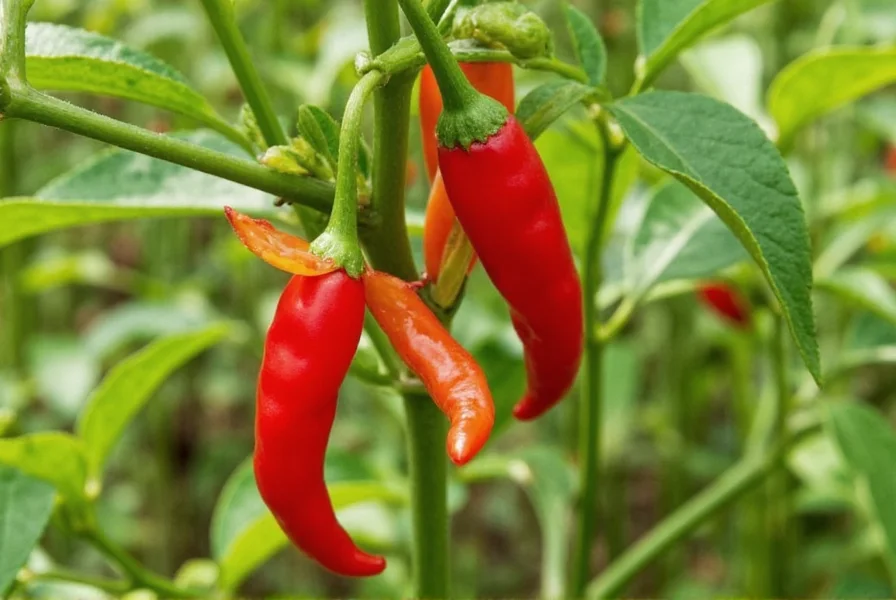
Table of Contents
- What is the Chili Tepin Plant?
- How to Grow Your Own Chili Tepin Plant
- Caring for Your Chili Tepin: Water, Sun, and More
- Harvesting Tips for Maximum Heat and Flavor
- Cooking with Chili Tepin: Recipes and Ideas
- Buying Guide: Choosing the Right Chili Tepin Plants or Seeds
- Frequently Asked Questions About Chili Tepin
- Final Thoughts: Is the Chili Tepin Plant Right for You?
What is the Chili Tepin Plant?
The chili tepin, also known as the bird pepper or chiltepin, is a wild chili native to the southwestern United States and northern Mexico. These petite peppers pack a punch, registering between 50,000 and 100,000 Scoville units — putting them firmly in the hot zone between jalapeños and habaneros.
Unlike domesticated chilies, tepins often grow in the wild and are usually spread by birds (which aren’t affected by capsaicin). This natural dispersal has helped maintain its genetic diversity and robust flavor profile.
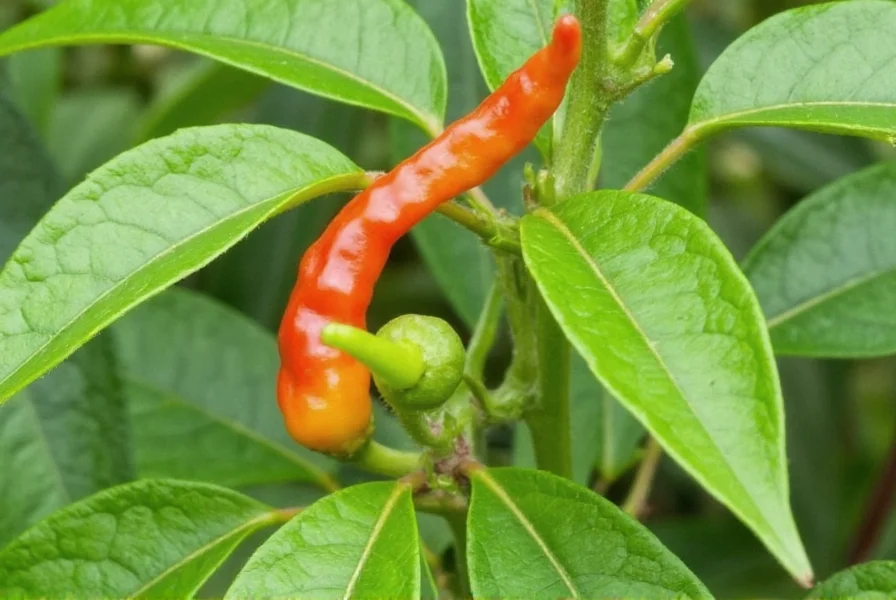
Key Features of the Chili Tepin Plant
| Feature | Description |
|---|---|
| Scientific Name | Capiscum annuum var. glabriusculum |
| Plant Height | 1–3 feet (30–90 cm) |
| Mature Pepper Color | Bright red, orange, or yellow |
| Heat Level (SHU) | 50,000 – 100,000 Scoville Heat Units |
| Growth Habit | Perennial in warm climates; annual in colder regions |
How to Grow Your Own Chili Tepin Plant
Despite its wild origins, the chili tepin plant adapts well to cultivation. Whether you’re planting seeds indoors or starting with young nursery-grown plants, here’s how to give your tepins the best start:
Step-by-Step Growing Guide
- Start Indoors Early: Begin seeds indoors 8–10 weeks before your last frost date. Use seed trays with a quality potting mix.
- Use Bottom Heat: Chili tepin seeds germinate best at 75–85°F (24–29°C). A heat mat can help speed things along.
- Transplant with Care: Once seedlings have 2–3 true leaves, transplant into larger pots. Wait until outdoor temperatures stay above 60°F (15°C) before moving outdoors.
- Pick the Perfect Spot: Choose a sunny location with well-draining soil. Chili tepin loves warmth but doesn't like wet feet.
- Spacing Matters: Keep plants 12–18 inches (30–45 cm) apart to allow for airflow and prevent disease.
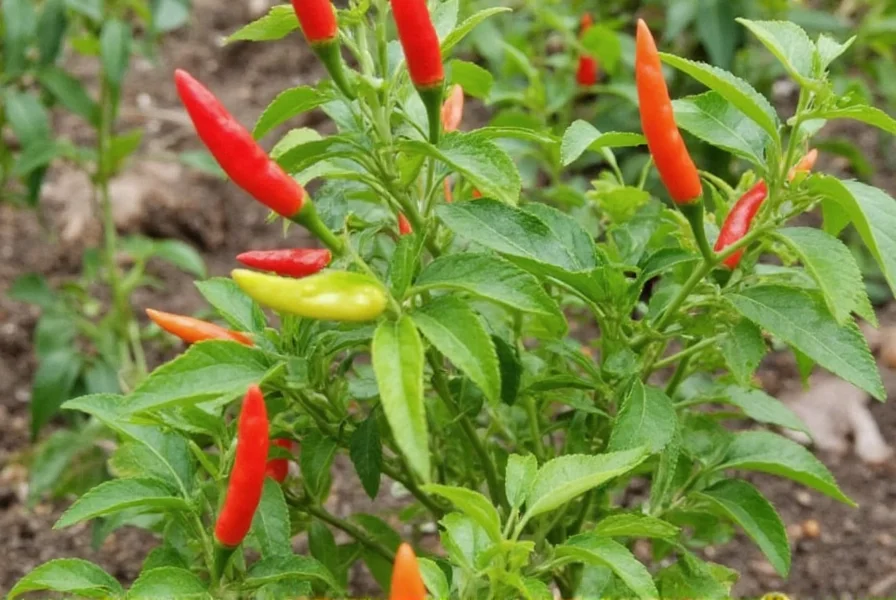
Best Time to Plant
In most regions, early spring is ideal. However, if you live in USDA zones 9–11, you can grow them year-round. If you’re in a cooler climate, treat them as annuals or overwinter indoors.
Caring for Your Chili Tepin: Water, Sun, and More
Once established, chili tepin plants are relatively low-maintenance. But to maximize fruit production and plant health, follow these key care tips:
Watering Requirements
Consistent watering is crucial during flowering and fruiting stages. Aim for 1 inch (2.5 cm) per week, either through rainfall or irrigation. Avoid overwatering — tepins prefer slightly dry conditions once mature.
Sunlight Needs
These sun-lovers thrive in full sun. At least 6–8 hours daily is recommended. In extreme heat, some afternoon shade can prevent leaf scorch.
Fertilizing Tips
Feed every 4–6 weeks with a balanced fertilizer (e.g., 10-10-10 NPK ratio). During blooming and fruiting, switch to a high-potassium formula to boost yield and flavor.
Pest & Disease Management
Common pests include aphids, spider mites, and whiteflies. Regularly inspect your plants and use organic insecticidal soap when needed. Prevent fungal diseases by ensuring good air circulation and avoiding overhead watering.
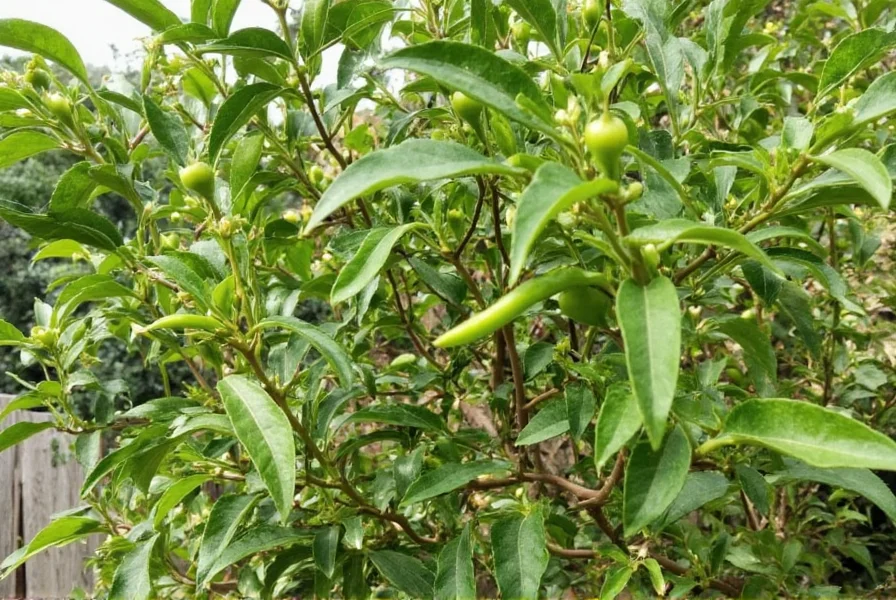
Harvesting Tips for Maximum Heat and Flavor
You can pick chili tepin peppers green or wait until they turn red, orange, or yellow for more intense heat and sweetness. Here’s how to make the most of your harvest:
- When to Harvest: Red peppers are fully mature and hotter. Green ones are milder and crispier.
- How to Pick: Use small scissors or gently twist the peppers off the stem to avoid damaging the plant.
- Frequency: Harvest regularly to encourage more blooms and fruit production.
Storing Your Peppers
Store fresh tepins in the fridge for up to two weeks. For longer shelf life:
- Dry them using a dehydrator or oven at low temperature.
- Freeze whole or chopped peppers in airtight bags.
- Make spicy oil or infused vinegar for gourmet uses.
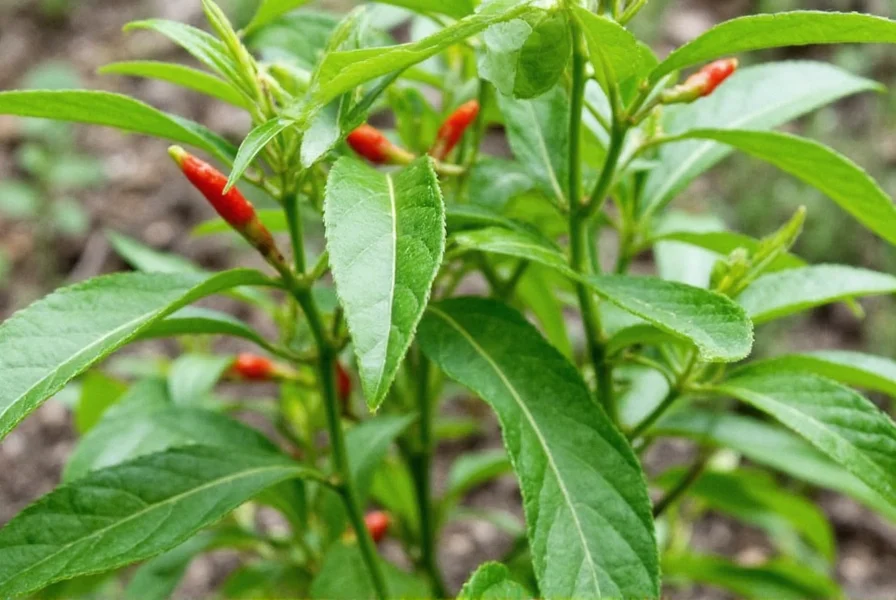
Cooking with Chili Tepin: Recipes and Ideas
Don’t let their size fool you — the chili tepin plant produces some of the most intensely flavored peppers around. Their smoky, peppery bite shines in salsas, sauces, and spice blends.
Top Ways to Use Chili Tepin Peppers
| Recipe Idea | Why It Works |
|---|---|
| Smoked Tepin Salsa | Adds bold, fiery depth with a hint of smoke. |
| Chili Oil | Perfect for drizzling over noodles or dumplings. |
| Tepin Hot Sauce | Use dried tepins for concentrated flavor. |
| Spiced Roasted Nuts | A unique snack option with just the right kick. |
| Meat Rubs | Great for grilled chicken, steak, or tacos al pastor. |
Chef's Tip:
Since tepins are so potent, always wear gloves when handling them. And remember — a little goes a long way!
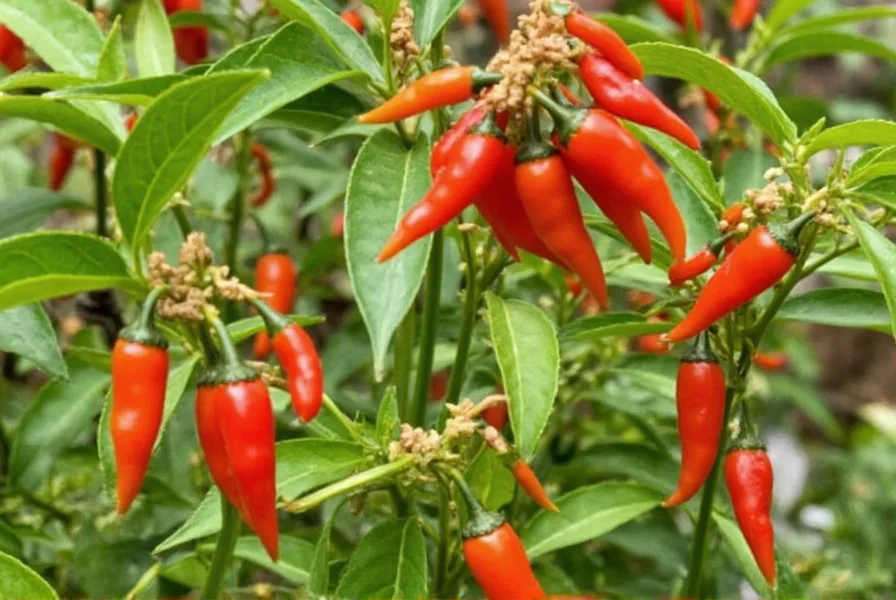
Buying Guide: Choosing the Right Chili Tepin Plants or Seeds
If you’re not starting from scratch, choosing the right starter plant or seeds can set the stage for a successful growing season. Here’s what to look for:
What to Consider When Buying Chili Tepin Plants
- Variety: Check if it’s an heirloom, hybrid, or wild strain.
- Root Health: Look for sturdy roots without signs of rot or mold.
- Leaf Condition: Bright green, firm leaves mean a healthy plant.
- Pest-Free: No visible insects or spots on leaves.
Recommended Seed Brands
| Brand | Features | Best For | Price Range |
|---|---|---|---|
| Jerry’s Seeds | Non-GMO, open-pollinated | Organic gardeners | $1.99–$2.99 per packet |
| Burpee | Easy-to-grow, disease-resistant | Beginners | $2.49–$3.99 per packet |
| Rare Seeds Co. | Heirloom, rare strains | Enthusiasts and collectors | $4.99–$6.99 per packet |
When to Buy
Order seeds in late winter to start indoors. Live plants become available in nurseries in spring after the danger of frost has passed.
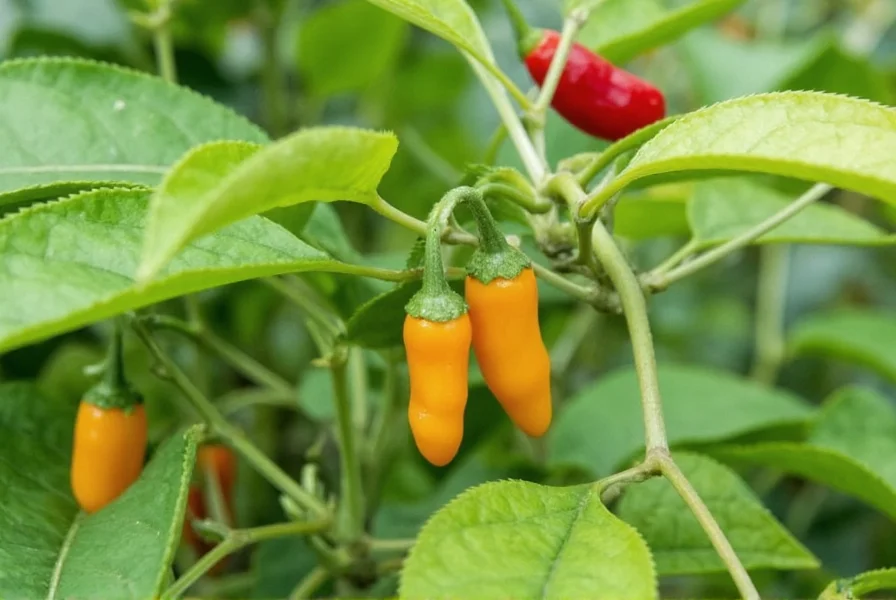
Frequently Asked Questions About Chili Tepin
Can I grow chili tepin in containers?
Absolutely! Use a 5–10 gallon pot with drainage holes. Make sure to keep it in a sunny spot and water consistently.
Are chili tepin plants perennial?
Yes, in warmer climates (zones 9–11), they act as perennials. In colder areas, bring them indoors during winter or replant each year.
How many peppers does one plant produce?
A mature plant can yield dozens of peppers throughout the season, especially with proper pruning and care.
Do birds eat chili tepin peppers?
Yes! Birds love tepins because they can’t feel the heat. They play a major role in spreading the seeds naturally in the wild.
Can I eat chili tepin raw?
While edible raw, they are extremely hot and best used sparingly. Most people prefer them dried, roasted, or ground into spice blends.
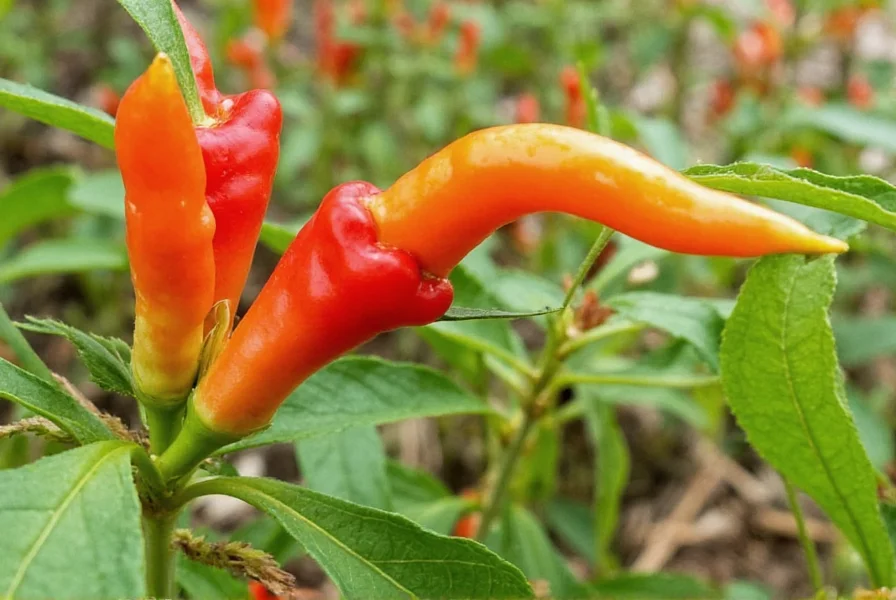
Final Thoughts: Is the Chili Tepin Plant Right for You?
The chili tepin plant is more than just a fiery addition to your garden — it’s a living connection to the wild roots of chili culture. With its compact size, high yield, and explosive flavor, it’s perfect for spice lovers, chefs, and curious gardeners alike.
Whether you want to experiment with new flavors, challenge your heat tolerance, or simply enjoy growing something unique, the chili tepin plant deserves a spot in your space. So gear up, grab those gloves, and get ready to ignite your garden and your kitchen!
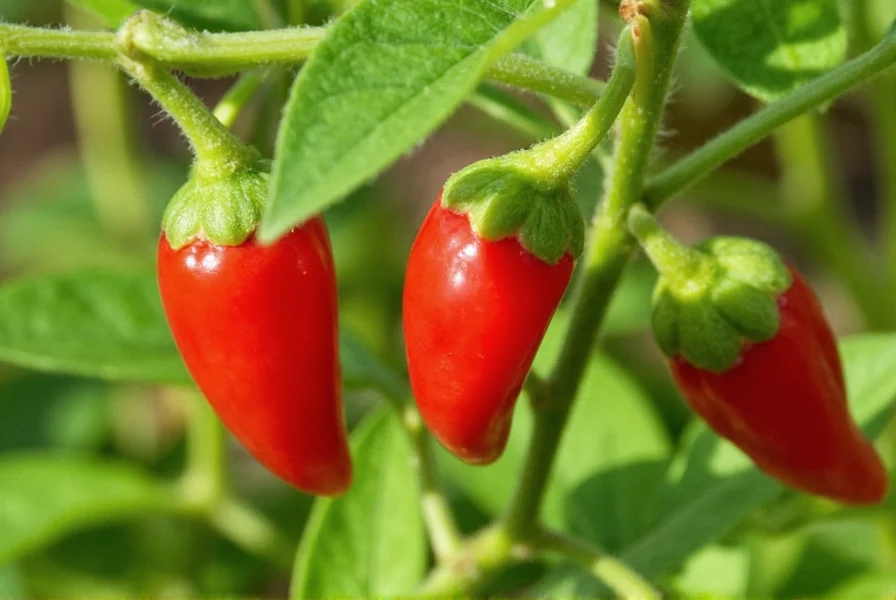

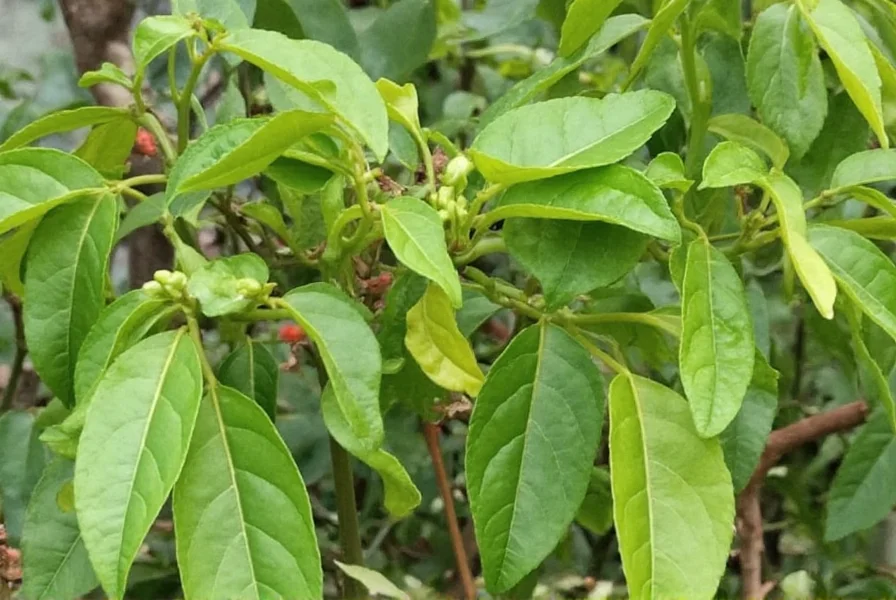









 浙公网安备
33010002000092号
浙公网安备
33010002000092号 浙B2-20120091-4
浙B2-20120091-4